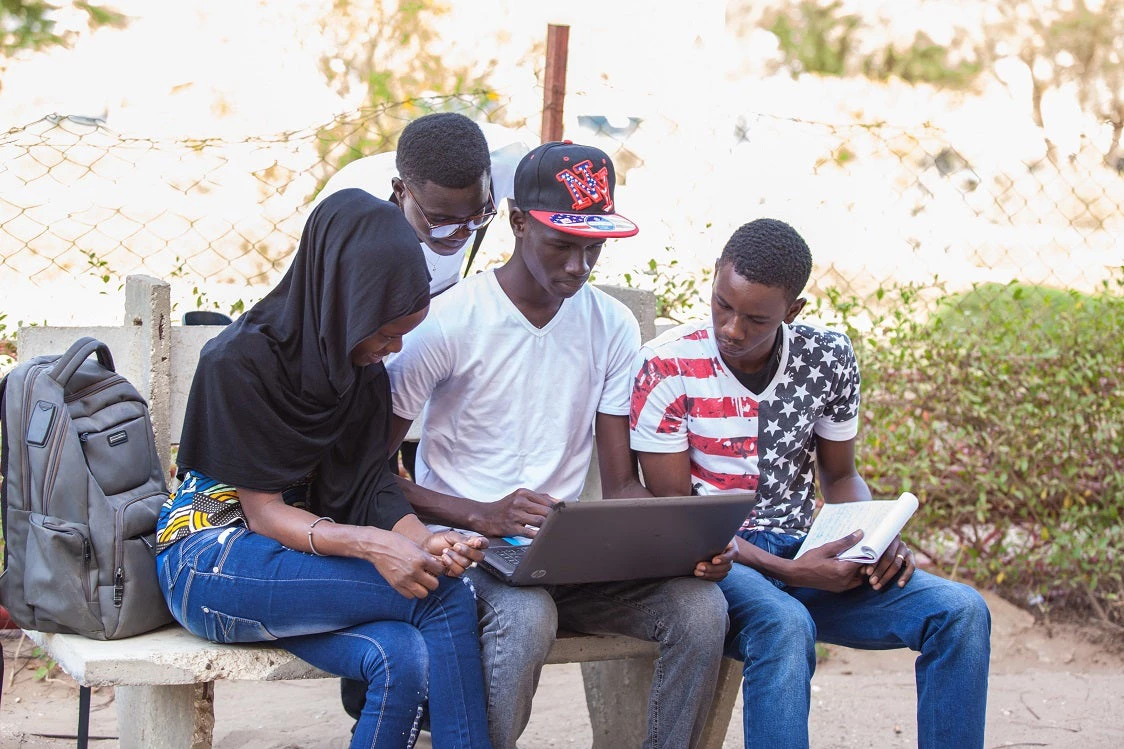
Just three weeks after becoming Minister of Education in Peru, my team and I received the results from the 2012 round of PISA. Peru was ranked last. Not next to last, not bottom 10%. It was last.
Education, which never made headlines in the country, was on the front pages. For some people in the media, the fact that PISA was only administered to a subset of rich and middle-income countries around the world was not important, that was just a footnote. For them, Peruvian students were the worst in the world.
Amid the bad press we could have pointed to countries that would have ranked worse than Peru had they participated in the assessment (almost all low-income countries and many middle-income ones). We could have accused the PISA initiative of being a “rich country” endeavour with little relevance to the culture or national priorities of Peru. We could also have tried to stress the fact that Peru had improved in its scores but because other countries improved more, we fell in the ranking. Even worse, the government could have taken the decision of not participating anymore -like India and Bolivia did (although India will be participating again in PISA in 2021).
Instead, as the government we recognized that the PISA results made evident an immense learning challenge. That despite past progress, we had not invested enough in education. That the efficiency of educational expenditures had to improve. And that we all had to work together to fix it.
The country embarked on a reform that built on the progress of the previous efforts and looked to accelerate improvements in learning. The meritocratic teachers’ career reform started its implementation, coaching programs were introduced to support teachers and educational expenditures were increased dramatically.
Education became a topic that everyone—from taxi drivers to politicians from all parties—talked about. The assessment, and the understanding that the country was far from where it should be, facilitated a social and political consensus in Peru to implement major reforms that otherwise would have been more difficult to pursue.
This kind of “PISA-shock was not unique to Peru. In 2001, Germany experienced its own PISA-shock realizing that their educational system was not yielding the expected results. As in Peru, data on learning informed policymaking and opened the space for change.
The truth is that learning data is critical to run a complex system like education. Measuring learning outcomes allows countries to plan better, as it shows the magnitude and characteristics of their learning challenges. And it allows systems to internalize that everyone’s goal—from teachers to principals, school administrators, to the minister of education —must be that every child learns. Countries need to know where they stand. And principals and teachers need to know exactly where each, district, school and every student stands.
And yet, some developing countries have still to develop the capacity to implement learning assessments. In fact, during 2018, when constructing the first version of the World Bank’s Human Capital Index (which captures how countries around the world are realizing the potential of their human capital and how effectively they are investing in their people), we observed that around a third of countries have little to no data on how much their children are learning, particularly the poorer countries. Without data, these countries are essentially “flying blind.”
This is where a learning assessment like PISA for Development (PISA-D) comes in. PISA-D represents a turning point for low- and middle-income countries’ participation in international benchmarking exercises. It is a complement to the PISA initiative -which already measures learning in about 65 high and middle-income countries, and helps address challenges faced by developing countries with two main features:
- The instruments have been re-designed to better suit the economic and social conditions of lower-income countries. At the same time, the assessment still allows countries to place their results on the general PISA scale.
- Second, PISA-D was designed to continuously improve the technical capacity of low- and middle-income countries. Participating countries get support to carry out up-front capacity needs assessments with the help of SABER-Student Assessment, a diagnostic tool developed by the World Bank and support to develop their own capacities.
PISA-D is not the only alternative for measurement of learning in developing countries. There are several other international instruments, and it is an area of thriving research and applied work. But participating in PISA and other international assessments is a critical step for countries as they develop their own capacity to rigorously measure learning so that they can benchmark progress over time, inform all actors in the educational system about how they are doing, and inform the policy decision making process to improve education quality. Countries cannot afford to fly blind.
Follow the World Bank Education team on Twitter @wbg_education.


Join the Conversation